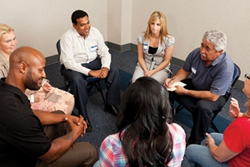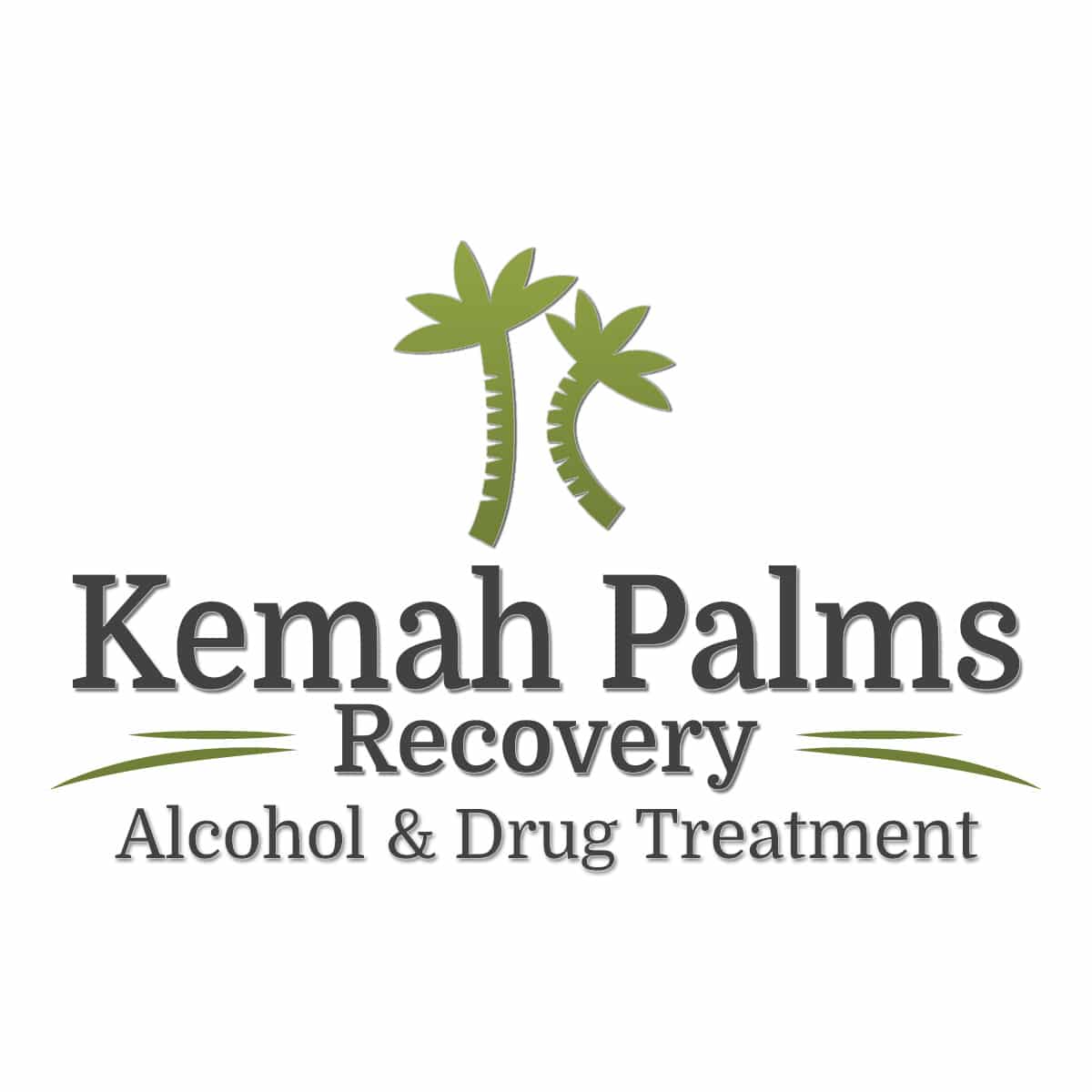What Are Club Drugs?
Club drugs have become increasingly popular with today’s adolescents and adults. GHB, MDMA, ketamine, LSD, and ecstasy are commonly known as club drugs, a term originating from the rave phenomenon.
How Are Club Drugs Produced?
Club drugs are not derived from nature like marijuana or opium derivatives. They are also called designer drugs, since they are manmade rather than found or derived from nature.
Why Are Club Drugs Addictive?
Chronic use of Rohypnol much like other benzodiazepines produces tolerance and physical dependence and therefore causes addiction. Reports prove that people who binge on ketamine behave similar to those who are cocaine- or amphetamine-dependent individuals. Ketamine users also develop cravings for the drug leading to addiction.
Street Names Of The Most Common Club Drugs
Street names for ecstasy include X, E, XTC, Adam, M&M, bean, roll, clarity, and essence. Phencyclidine (PCP): PCP is also known as angel dust, Love Boat, lovely, elephant tranquilizer, crystal, crystal joints (CJs), TAC and hog. Ketamine is also known as special K, K, vitamin K, and Fort Dodge.
Prevalence of addiction to Club Drugs-who is addicted to the drugs and is this type of addiction rising?
As per one survey in the year 2009 0.7 percent of 8th-grade and 1.1 percent of 12th-grade students reported use of GHB. Its use among 10th-grade students was at 1.0 percent. Ketamine was used by 1.0 percent of 8th-graders, 1.3 percent of 10th-graders, and 1.7 percent of 12th-graders in 2009. Rohypnol was used by 0.4 percent of 8th- and 10th-graders, and 1.0 percent of 12th-graders.
Signs Of Club Drug Addiction
Some common club drug addiction symptoms are:
- Irritability, depression, nervousness
- Mood swings, loss of sleep
- Sudden loss of weight
- Runny nose
- Withdrawal from family
Club Drug Withdrawal Symptoms
Withdrawal symptoms of club drugs are insomnia, depression, agitation, sleeplessness, anxiety, tremors, and sweating. Severe withdrawal reactions have been reported especially among patients who have taken these drugs along with other drugs like alcohol.
Types Of Club Drug Rehab
 Most club drugs abusers are between the ages of 15-30 and the rehab process for such people do not require special clinical components to assist them in being receptive to the concepts of recovery. Depending on the severity of addiction one can choose either residential or outpatient rehab treatment. Also the focus should be on dual diagnosis issues or co-occurring disorders. As in opiates many of the after-effects from club drugs abuse include depression and anxiety.
Most club drugs abusers are between the ages of 15-30 and the rehab process for such people do not require special clinical components to assist them in being receptive to the concepts of recovery. Depending on the severity of addiction one can choose either residential or outpatient rehab treatment. Also the focus should be on dual diagnosis issues or co-occurring disorders. As in opiates many of the after-effects from club drugs abuse include depression and anxiety.







